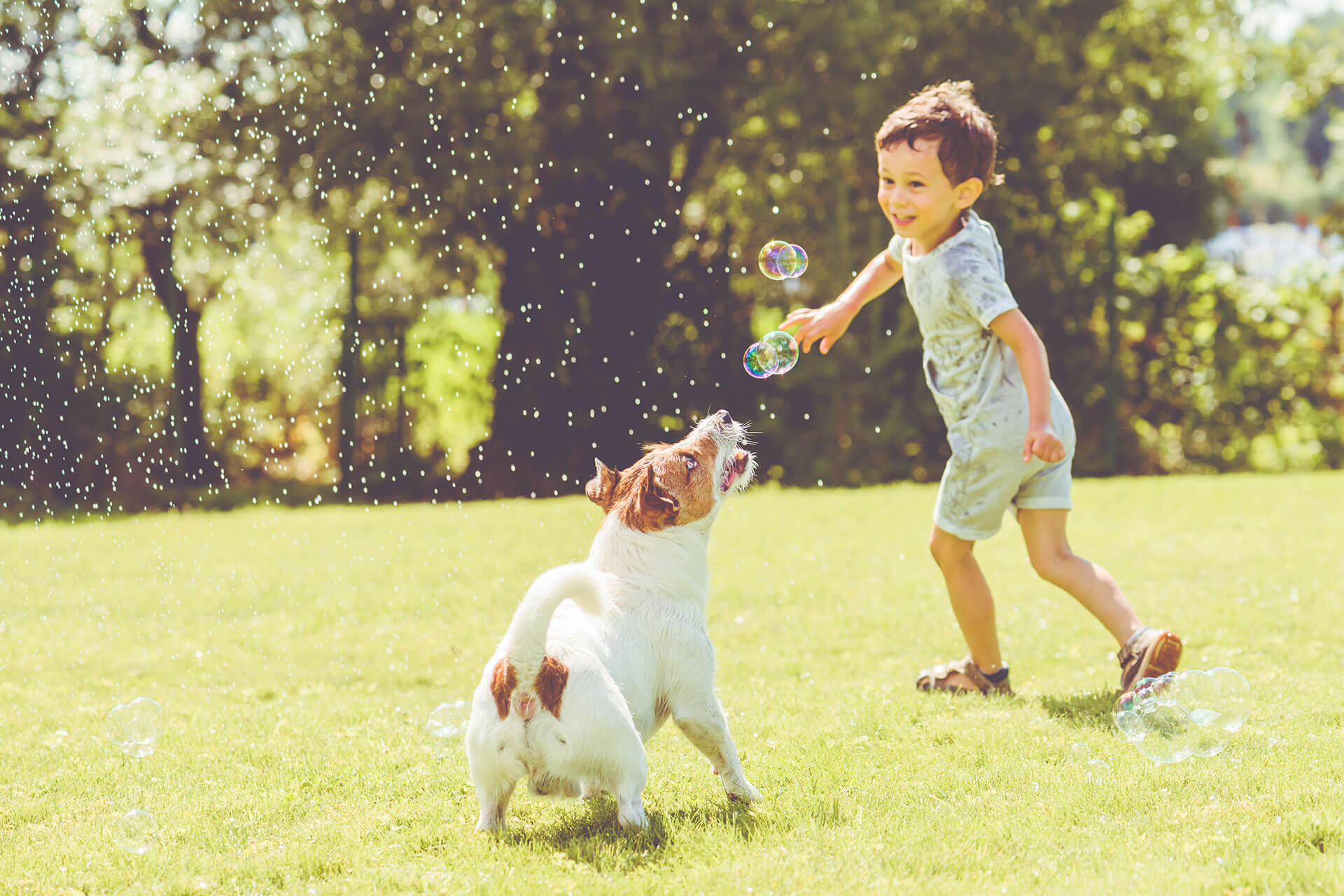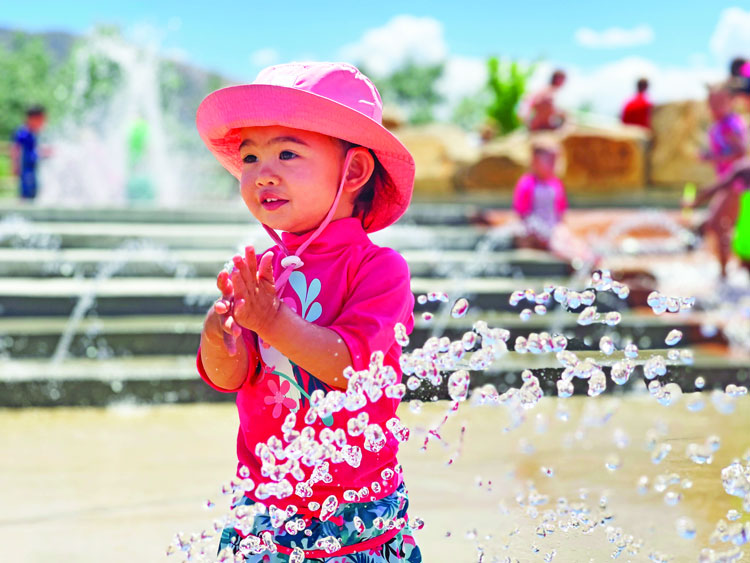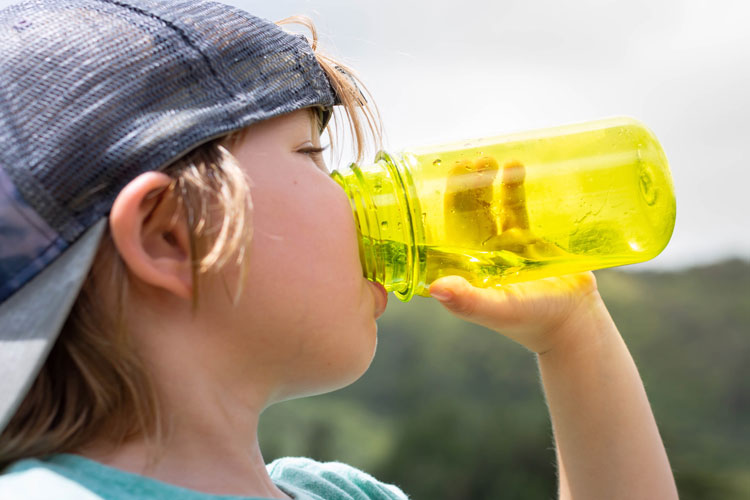The sun is essential to our daily lives.
It gives us light, warms us, helps plants grow our food, impacts our sleep patterns, and gives us Vitamin D. But it can also cause burns, make us dehydrated and even cause possible health problems that we may not see for many years.
It’s important to protect ourselves and our children from the damaging UV rays while we enjoy the sunlight and have fun outside. When possible, you should avoid outdoor activities between 10:00am and 4:00pm when the sun is the strongest.




